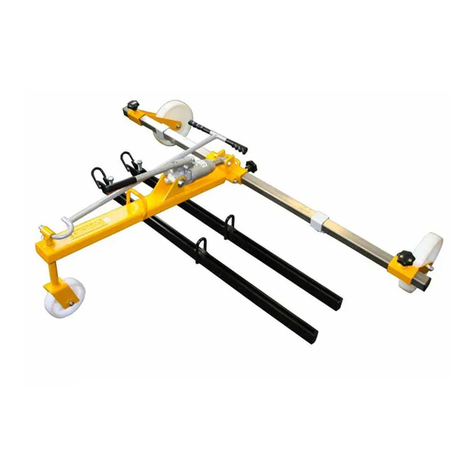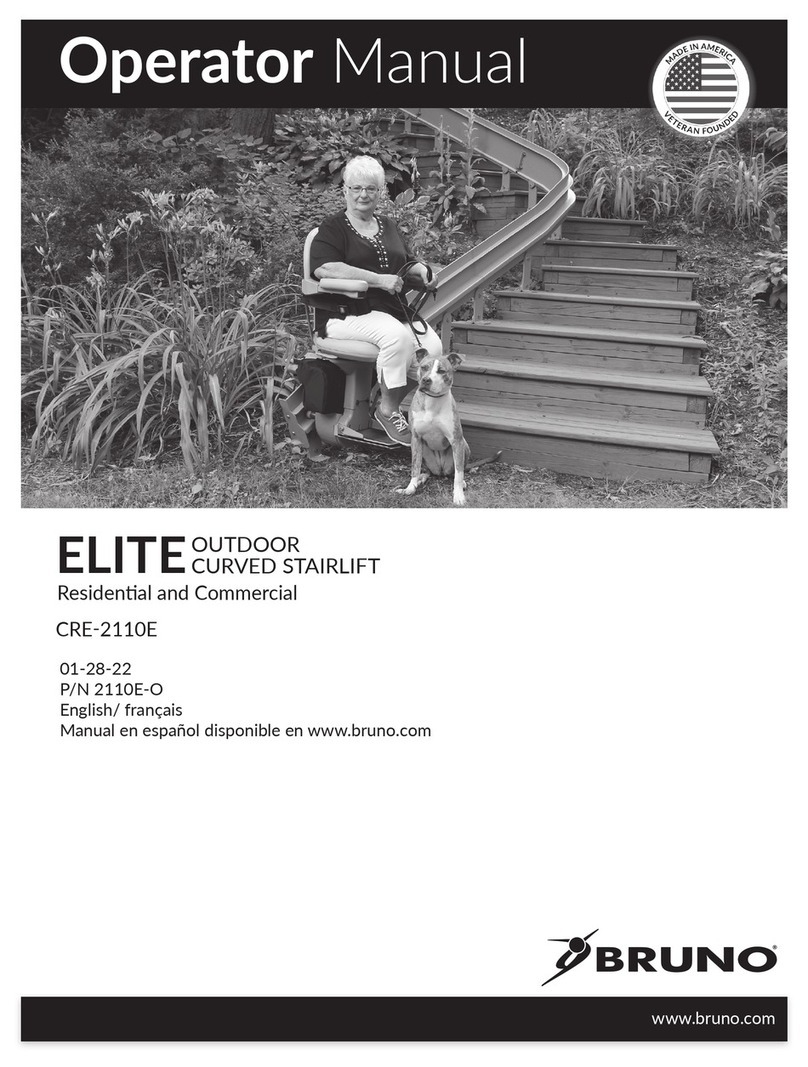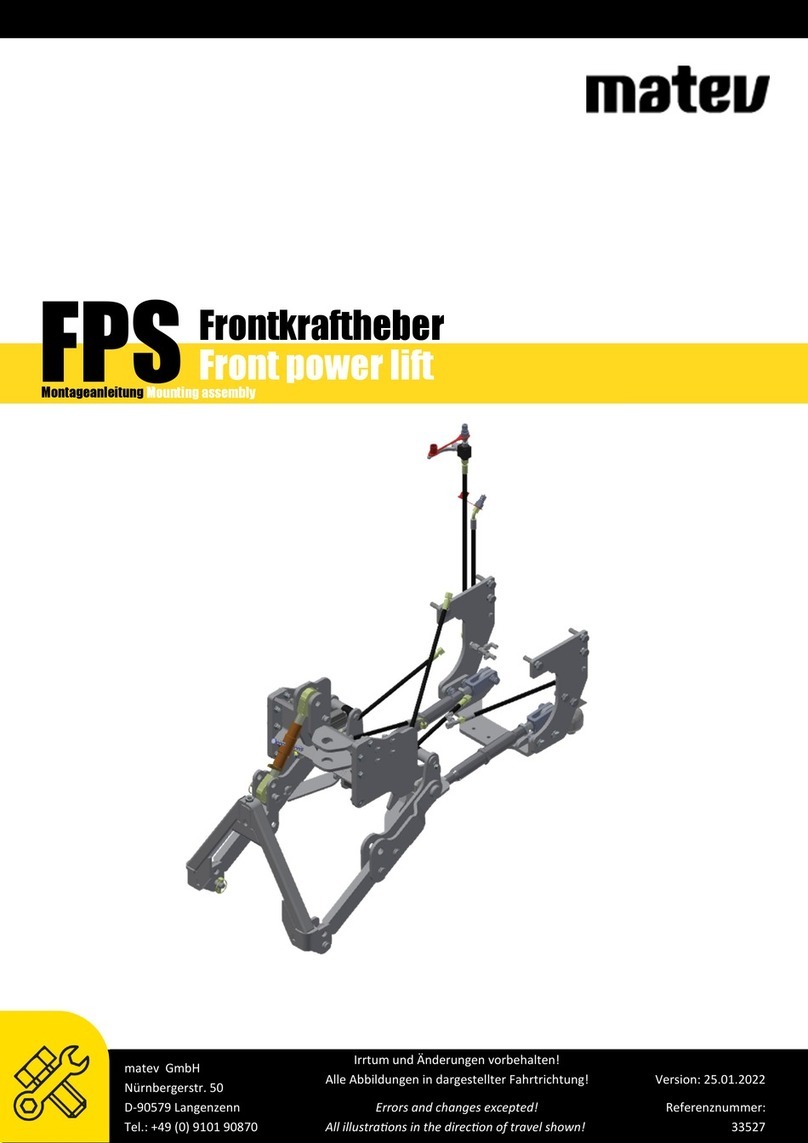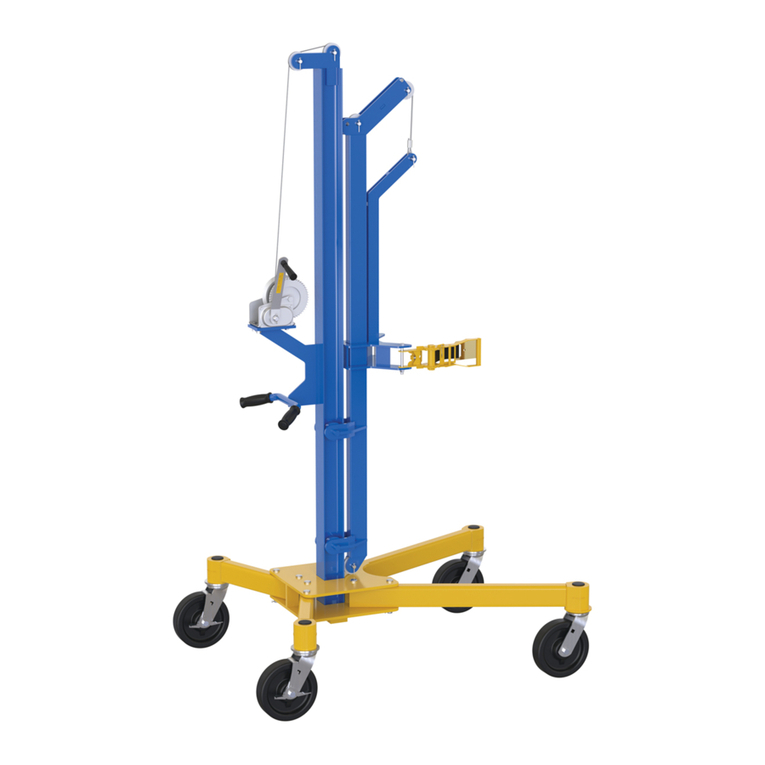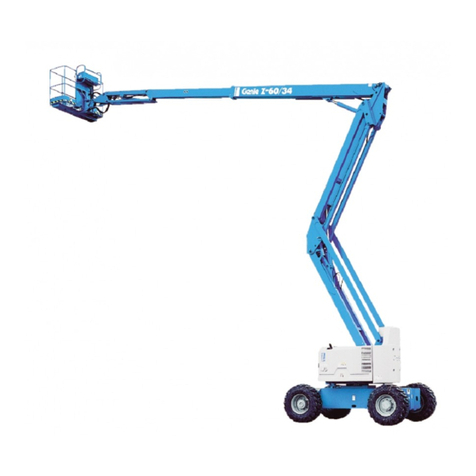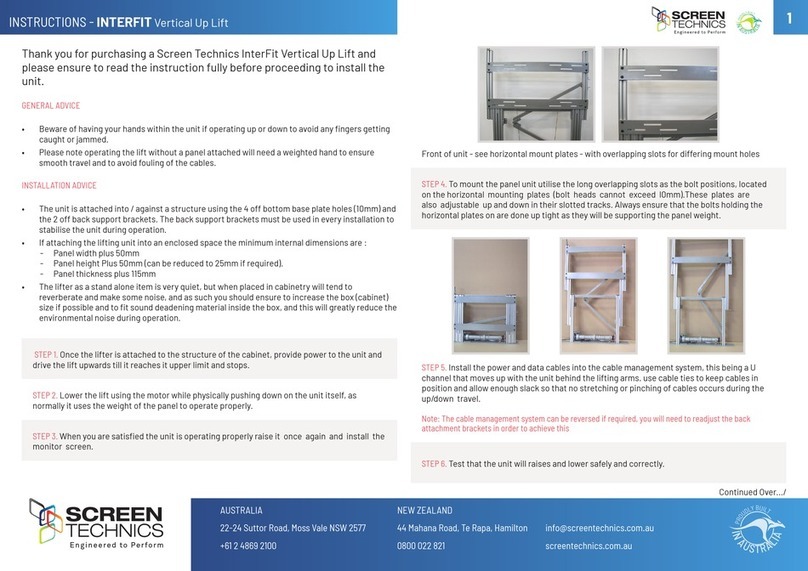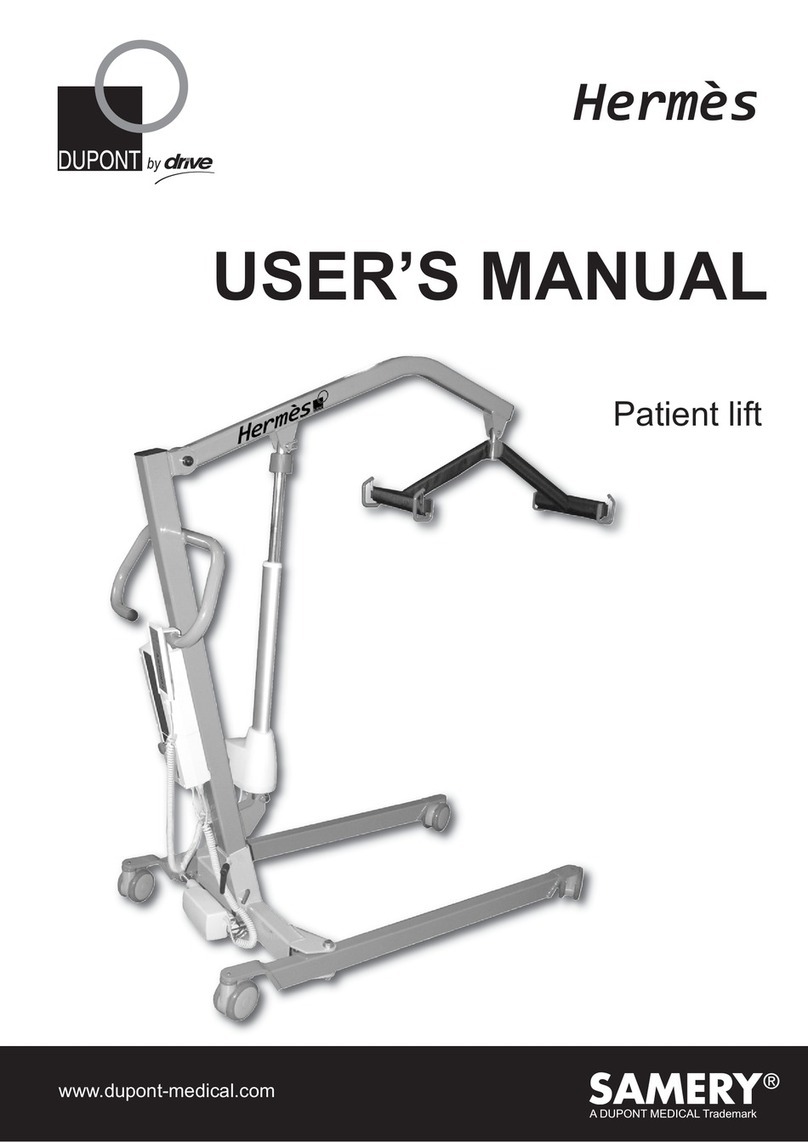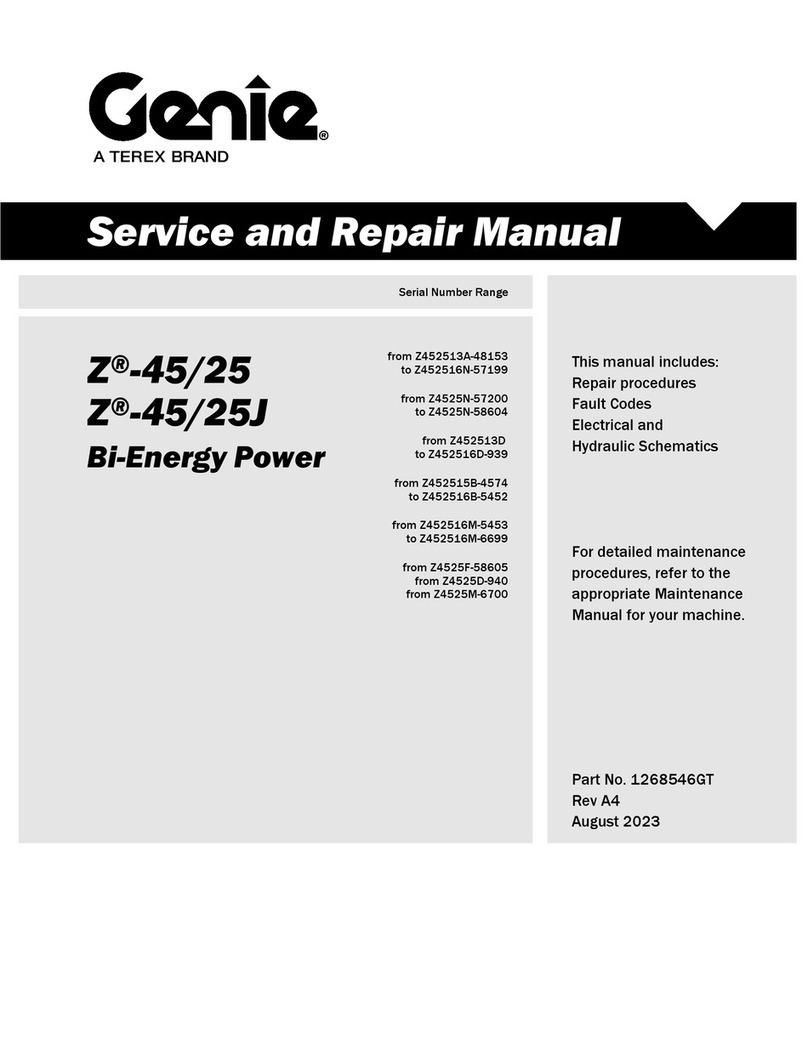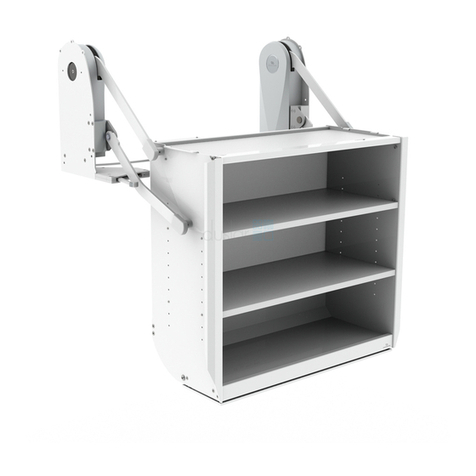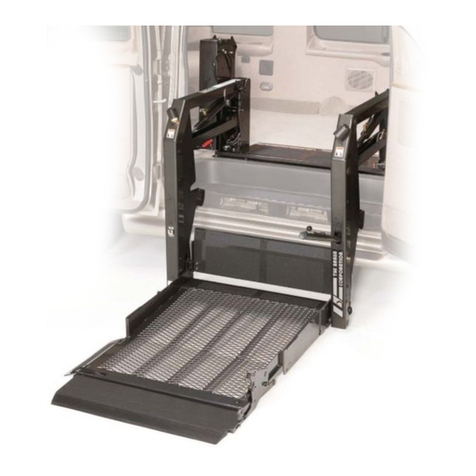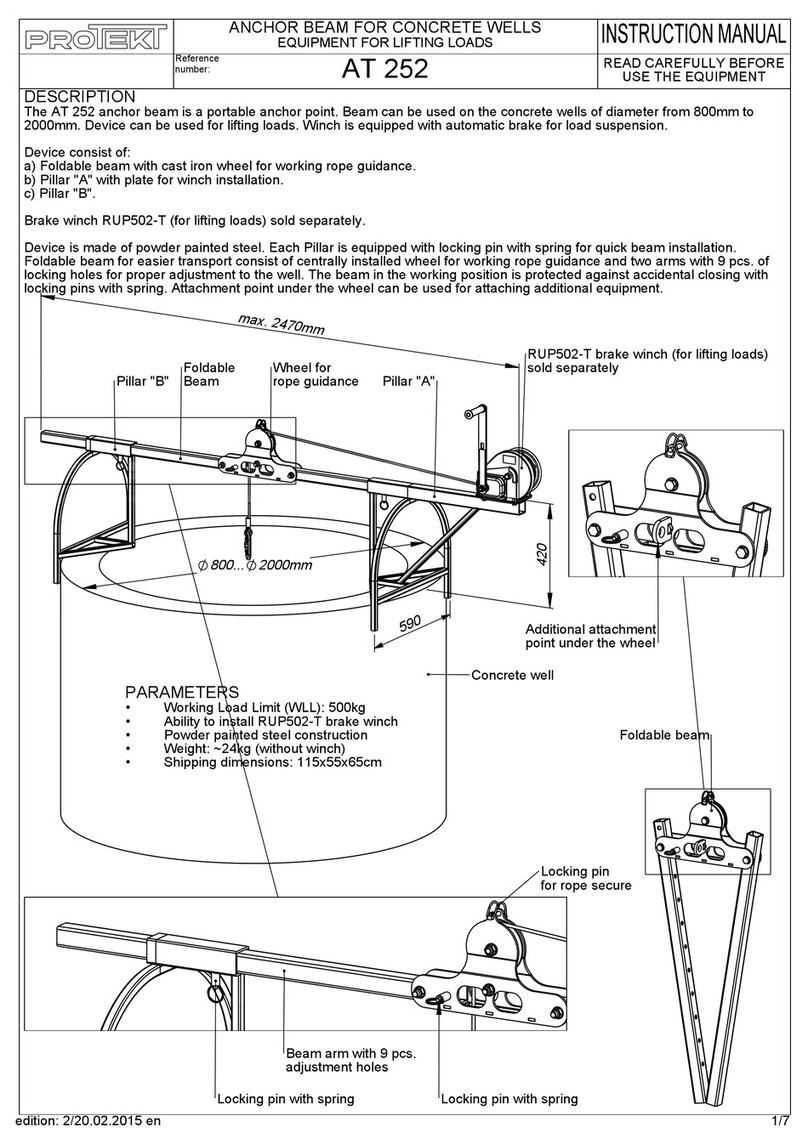
10
1568913, Edition 2019-06, Version 0
en
1 Important Information for Safe Use
1.1 Information for identification of the device
• These Operating Instructions are intended solely for appliances with the manufac-
turer's rating plate bearing the following information:
Device identification – Type designation: Pendants systems Navigator Lift ™ 180 Single, Navigator Lift ™
180 Dual, Navigator Lift ™ 180 Friction – Single, Navigator Lift ™ 180 Friction –
Dual, Navigator Lift ™ 180 Air
Plus
– Single, Navigator Lift ™ 180 Air
Plus
– Dual,
Navigator Lift ™ XL 180 Dual
1.2 How to identify the Operating Instructions
Make sure you are
using the latest version
• To ensure that you always have the latest version of these Operating Instructions, all
pages bear a 7-digit identity number including the date of issue and the version
number:
Identification of these
Operating Instructions
– Edition: 1568913, Edition 2019-06, Version 0
• This identification is binding for the validity of the Operating Instructions and must not
be removed, regardless of the type of publication (printed form, electronic form or
excerpts).
1.3 Identification of target groups
The groups of persons described below are mentioned in these Operating Instructions.
1.3.1 Operator
The following natural persons or legal entities shall be considered as operators:
• all persons who use the appliance in a medical practice, hospital, etc. or hand over the
appliance to third parties for use/application, and who have actual physical authority
over the appliance during operation.
• The operator shall be liable for handing over a safe appliance and for instructing the
user in its proper operation and normal use.
1.3.2 User
The following persons shall be considered as users:
• persons who, due to their professional qualification and instruction by the persons
designated by the operator, are authorised to operate the appliance and to work with
it.
• Users shall be fully responsible for the safe operation of the appliance in accordance
with its intended purpose.
1.3.3 Qualified personnel
The following persons shall be considered as qualified personnel:
• persons who underwent special professional training in the field of medicine or med-
ical engineering,
• persons who can assess their work and recognise the potential hazards involved on
the basis of their professional experience and instruction in safety-relevant regula-
tions.
• In States where the performance of tasks in the medical or medical engineering sector
is subject to certification, qualified personnel must have obtained the corresponding
certificate.
